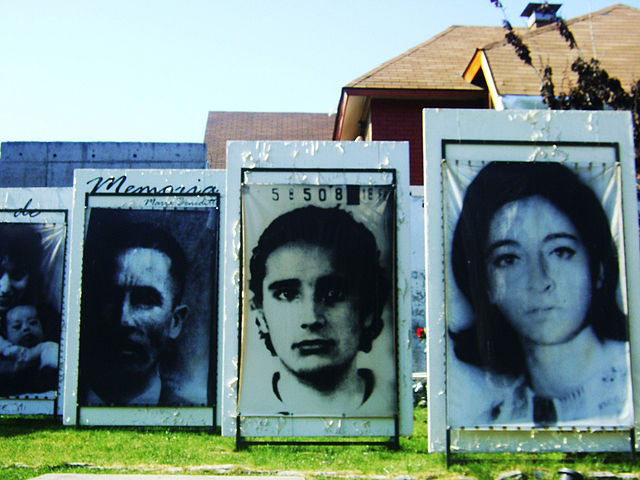Nacht und Nebel, meaning Night and Fog, also known as the Night and Fog Decree, was a directive issued by Adolf Hitler on 7 December 1941 targeting political activists and resistance "helpers" in the territories occupied by Nazi Germany during World War II, who were to be imprisoned, murdered, or made to disappear, while the family and the population remained uncertain as to the fate or whereabouts of the alleged offender against the Nazi occupation power. Victims who disappeared in these clandestine actions were often never heard from again.
Commemorative plaque for the French victims at Hinzert concentration camp, showing the expressions Nacht und Nebel and "NN-Deported"
Heinrich Himmler issued orders for Nacht und Nebel in 1941.
Wilhelm Keitel expanded the repressive Nacht und Nebel program to countries under military occupation.
Replica of a Holocaust train boxcar used by Nazi Germany to transport Jews and other victims during the Holocaust
An enforced disappearance is the secret abduction or imprisonment of a person with the support or acquiescence of a state followed by a refusal to acknowledge the person's fate or whereabouts with the intent of placing the victim outside the protection of the law. Often, forced disappearance implies murder whereby a victim is abducted, may be illegally detained, and is often tortured during interrogation, ultimately killed, and the body disposed of secretly. The party committing the murder has plausible deniability as there is no evidence of the victim's death.
Women of the Association of Families of the Detained-Disappeared demonstrate in front of La Moneda Palace during the Pinochet military regime.
Flag with images of those who disappeared during a demonstration in Buenos Aires to commemorate the 35th anniversary of the 1976 coup in Argentina
Demonstration in Warsaw, reminding about the disappearances of oppositionals in Belarus
Disappeared people in art at Parque por la Paz at Villa Grimaldi in Santiago de Chile








